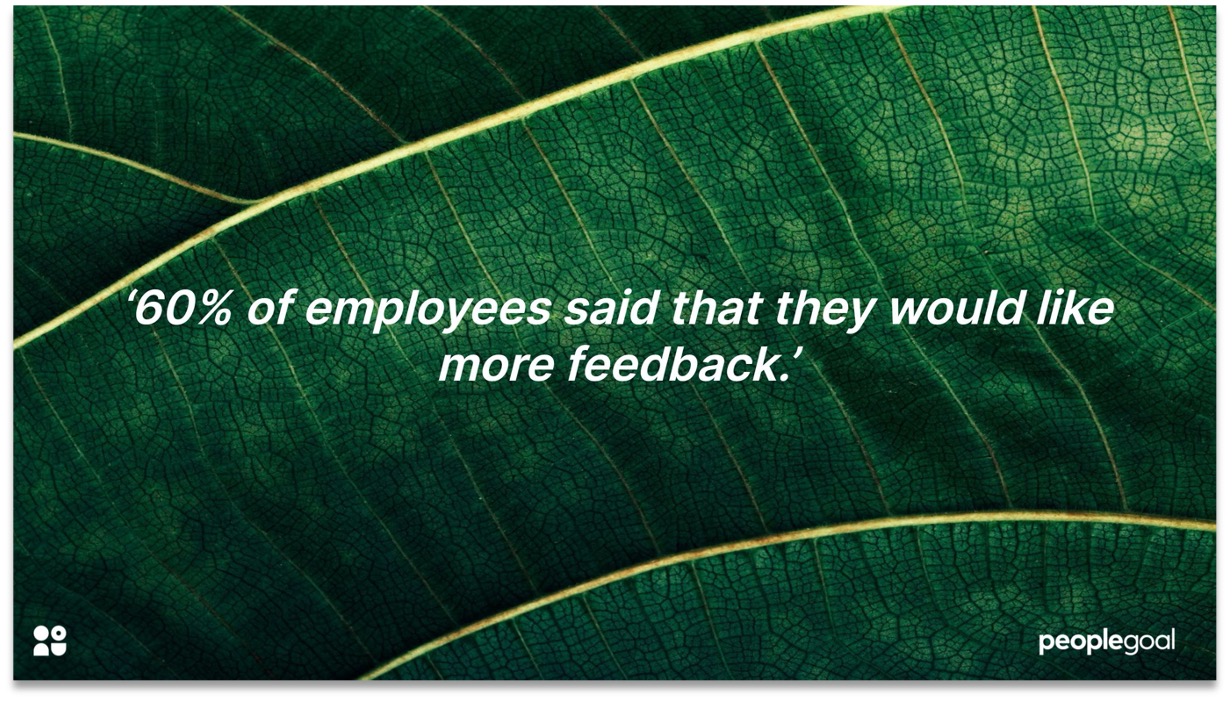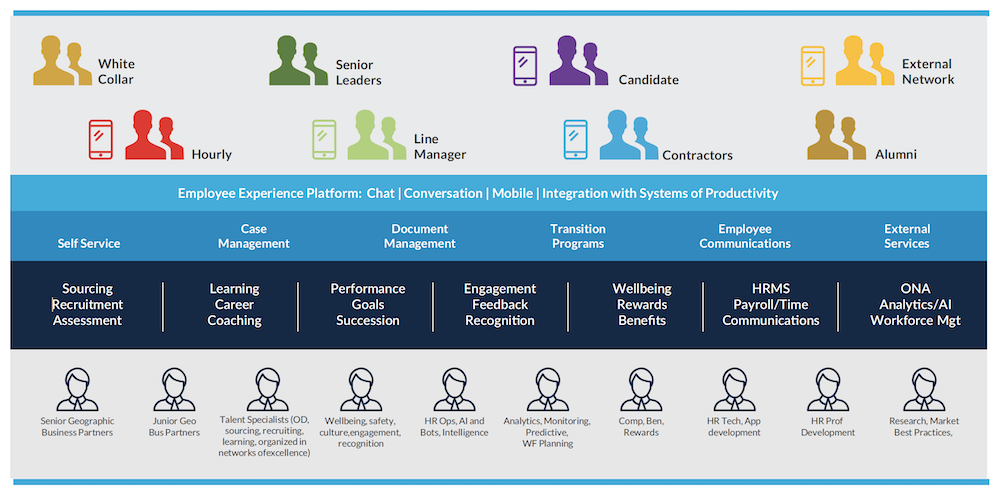What is telecommuting?
Telecommuting is the term used for when an individual works from their home, or a secure workplace such as a library or co-working space. This can either be conducting on a full-time or part-time basis. It has become increasingly more popular, especially since Covid-19, but moreover because a lot of jobs only require network connectivity to be completed.
Benefits:
Increased Happiness: Telecommuting workers can feel an overall benefit to their quality of life as they no longer have to commute into work, allowing them more time to spend on activities they enjoy outside of work, as well as having the ability to work around family necessities such as child care.
Employee retention: Another pro to telecommuting is it’s beneficial impact on staff retention. Organisations that offer telecommuting are more likely to retain staff when they go through big life changes such as having children, or moving to another area. Working from home is one manner by which a business might have the option to keep an employee working from home when they may otherwise be out of work. It is likewise touted as an instrument that licenses laborers to limit utilization of "sick days" in cases where they need to remain at home and care for a wiped out youngster, and so forth.
Increased productivity: Although this is reliant on the employees self discipline, telecommuting reduces the amount of distractions that the office offers. Therefore employees can work without distractions, and focus on the job at hand.
Decrease in cost: Both office space and parking can prove to be costly for many organisations. Telecommuting can reduce these costs as you can reduce the number of desks and parking spaces needed.
Positive environmental impact: With less workers taking transport to work, there will be less pollution.
Negatives:
A boost in productivity is not a guarantee , particularly if you have difficulties/a lack of resources to monitor your workers productivity. Remote work can cause an increase of procrastination as employees are not always engaged with colleagues or managers. Because of this, A couple of prominent organizations, for example, Yahoo and Reddit, have freely moved away from telecommuting.
A considerable lot of the drawbacks of telecommuting apply to regular as opposed to occasional telecommuting. Proficient confinement from working from home can negatively affect career progression. This is both in terms of managers witnessing hard work first hand, but also because there is a decrease in the social aspect of an office which sparks creativity.
It tends to be an issue when a few individuals from an organisation or a team can telecommute and others can’t. Having more colleagues who telecommute can bring about lower productivity, higher absenteeism, and higher turnover among the individuals who don’t telecommute, especially if colleagues have extremely restricted face to face time. This is due to the decrease in social interaction being a con for some individuals in a workplace, as well as discrepancies over who is doing what work, and some feeling they are doing more work than others.
5 Telecommuting management tips:
1. Don’t Micromanage
If your team has turned to telecommuting you will have been forced to relinquish most of your micromanagement habits. This is vastly down to the fact that you cannot track your teams work the same way as you used to. This means that you are going to have to learn to trust your employees to complete their work. As long as they are hitting their targets, you should not be concerned as to how they are completing their tasks.
2. Communicate
One of the big hang ups with telecommuting is the reduced amount of contact time you have with your colleagues, i.e not being able to knock on the door or tap them on the shoulder if you wish to discuss something with them. Therefore you need to have communication strategies in place so that you can communicate enough to get your work done to its best ability. A couple of ways you can do this is by using tools such as slack, or video conferencing. As a manager, make sure you are always available for you team to reach out during the day.
3. Use tools
Use all the tools you have available to track your teams work and performance. This can come in the form of a performance management platform, or simply a group chat. However, don’t fall into the trap of implementing too many products, this may dissuade staff from using them.
4. Trust your team
Your going to have to learn to trust your team as now you can no longer see exactly what they are doing everyday. Trust is earned via deliverables and performance, but managers shouldn’t start from a position of distrust. Trust your people until proven otherwise.
5. Monitor KPI’s
If you are fortunate to work in a business that operates with deliverables and deadlines, there will be crucial to managing remote work teams. In order to make sure their work is getting done, you’ll need to focus on performance metrics they can obtain, and make sure they are quantifiable so that you can check in on them and check the progress.
Ready to 3x Your Teams' Performance?
Use the best performance management software to align goals, track progress, and boost employee engagement.




